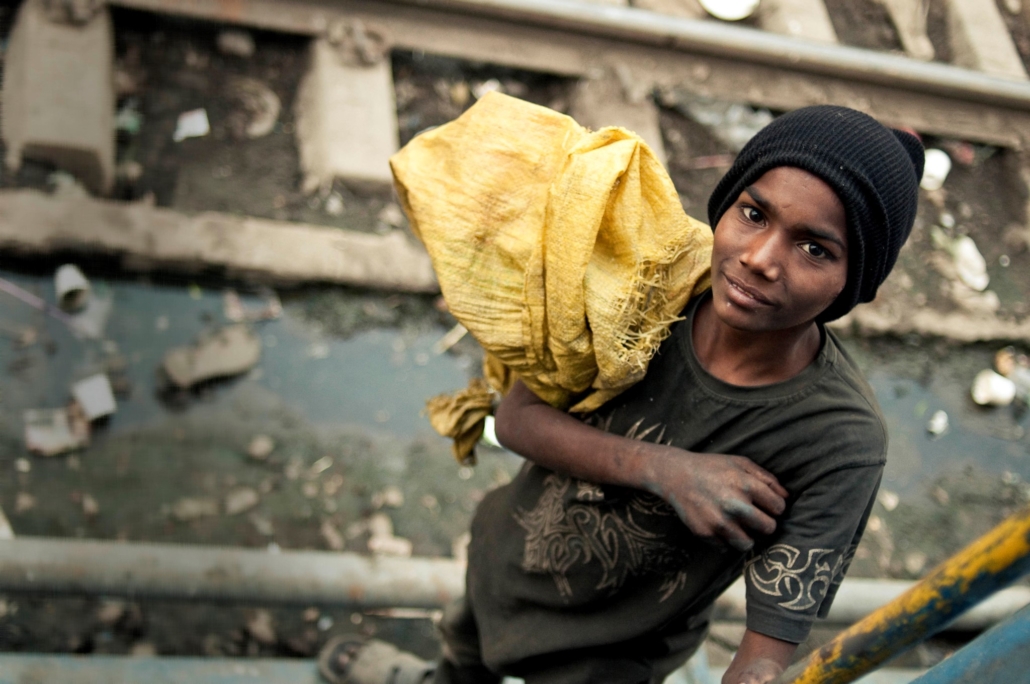The Link Between Mental Health and Poverty

Although mental health and poverty are two things that one might not always group together, there is a serious link between people living below the poverty line and mental health disorders. According to a Substance Abuse and Mental Health Services Administration SAMHSA report, around 9.8 million people living in the United States had mental health disorders in 2015, and 25 percent of those people were living below the poverty line.
Both poverty and mental health can bring about the other. For instance, a Gallup poll found that about 15.8 percent of people not living in poverty reported having diagnosed depression, while 31 percent of people living in poverty reported depression. In addition, a McSilver Institute for Poverty Policy and Research study based on data from the National Center for Education Statistics found that a household is likely to experience a 50 to 80 percent increase in food insecurity if the mother has diagnosed depression. While it is not clear whether the depression leads to living in poverty or living in poverty results in depression, the link between the two issues is clearly prevalent. Therefore, it is crucial that others address and treat the mental health of people living in poverty.
Ways to Treat Mental Health
One large issue with impoverished people having mental health disorders is that they often do not have the insurance and money to seek therapy and get medical help. This can be especially harmful to children living in poverty. The Official Journal of the American Academy of Pediatrics has three main recommendations for low-income families to seek help for mental health disorders, including education and training, establishing relationships with providers and creating multidisciplinary teams.
The best way to help and treat mental health in low-income families and communities is education. By integrating mental health education in schools and free programs that schools offer to families and communities, more people can learn about how to cope with mental health disorders and keep themselves and their families healthy and happy. In addition, integrating mental health services into school health services allows children to seek help for any mental health disorders right at school.
Further, establishing relationships with school health providers and counselors allows children to feel comfortable enough to seek the help that they need, in a safe space that they are used to. Communication between children/families and health care providers also allows the providers to be available more quickly and could result in more effective treatment.
Effects of Improving Mental Health
Poverty can strain a person’s mental health due to stress and instability. Therefore, public mental health has a huge impact on communities and the mental health of the people. People do not widely recognize public health, which is why is it crucial that communities are actively working to prevent mental health problems and to educate the community on how to cope with mental health strains.
Mental health problems and poverty have a serious link and it is vital that people are aware of the strains of poverty and understand their community and who is at risk. Only by monitoring and evaluating impacts of mental health, creating educational programs and addressing both physical and mental health, both mental health and poverty can improve together.
– Paige Regan
Photo: Flickr
